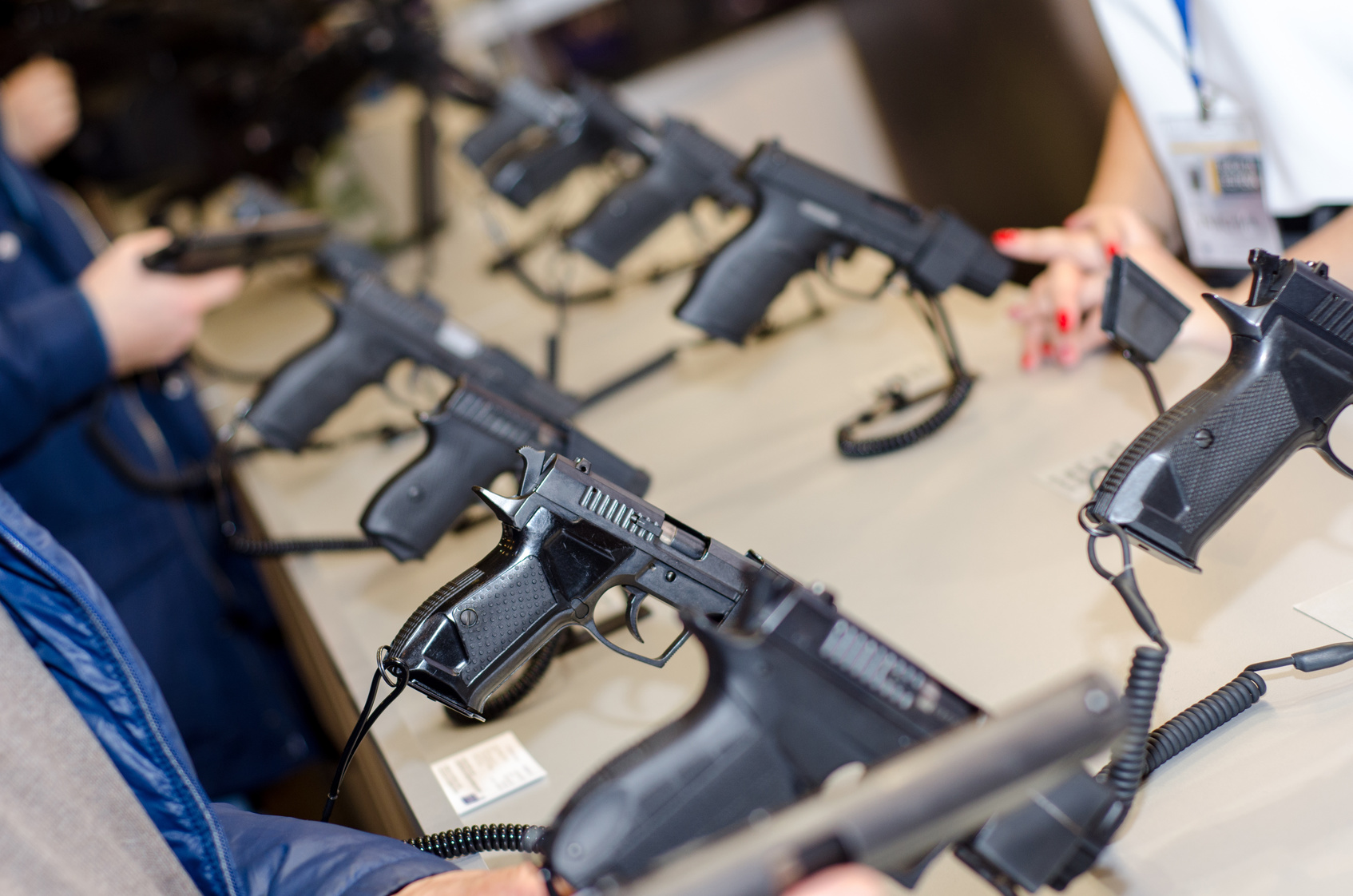
In its important and controversial 2008 decision on the meaning of the Second Amendment, District of Columbia v. Heller, the Supreme Court ruled that average citizens have a constitutional right to possess handguns for personal self-protection in the home. Yet in establishing this right, the Court also made clear that the right was by no means unlimited, and that it was subject to an array of legal restrictions, including: “prohibitions on the possession of firearms by felons and the mentally ill, or laws forbidding the carrying of firearms in sensitive places such as schools and government buildings, or laws imposing conditions and qualifications on the commercial sale of arms.” The Court also said that certain types of especially powerful weapons might be subject to regulation, along with allowing laws regarding the safe storage of firearms. Further, the Court referred repeatedly to gun laws that had existed earlier in American history as a justification for allowing similar contemporary laws, even though the court, by its own admission, did not undertake its own “exhaustive historical analysis” of past laws.
In so ruling, the Court brought to the fore and attached legal import to the history of gun laws. This development, when added to the desire to know our own history better, underscores the value of the study of gun laws in America. In recent years, new and important research and writing has chipped away at old myths to present a more accurate and pertinent sense of our gun past. Researchers and authors including Saul Cornell, Alexander DeConde, Craig Whitney, and Adam Winkler have all published important work making clear that gun laws are by no means a contemporary phenomenon. Yet even now, far too few understand or appreciate the fact that though gun possession is as old as America, so too are gun laws. But there’s more: gun laws were not only ubiquitous, numbering in the thousands, but also spanned every conceivable category of regulation, from gun acquisition, sale, possession, transport, and use, including deprivation of use through outright confiscation, to hunting and recreational regulations, to registration and express gun bans. For example, the contemporary raging dispute over the regulation of some semi-automatic weapons that began in late 1980s was actually presaged seven decades earlier, when at least seven states banned such weapons entirely—a fact that seems to have been unknown to modern analysts until now. A vast newly compiled dataset of historical gun laws reveals that the first gun grabbers (as contemporary gun rights advocates like to label gun control proponents) were not Chablis-drinking liberals of the 1960s, but rum-guzzling pioneers dating to the 1600s.
This historical examination is especially relevant to the modern gun debate because, at its core, that debate is typically framed as a fierce, zero-sum struggle between supporters of stronger gun laws versus supporters of gun rights (who, of course, largely oppose stronger gun laws—or so it is said). The zero-sum quality of this struggle posits that a victory for one side is a loss for the other, and vice versa. Yet history tells a very different story—that, for the first 300 years of America’s existence, gun laws and gun rights went hand-in-hand. It is only in recent decades, as the gun debate has become more politicized and more ideological that this relationship has been reframed as a zero-sum struggle.
The plethora of early gun laws herein described establish their prolific existence, but also validate the argument that gun rules and gun rights are by no means at odds. If the Supreme Court was indeed serious in saying that the provenance of gun regulations is relevant to the evaluation of contemporary laws, then this examination advances the Court’s stated objective. The common notions that gun laws are largely a function of modern, industrial (or postindustrial) America, that gun laws are incompatible with American history and its practices or values, and that gun laws fundamentally collide with American legal traditions or individual rights, are all patently false. Following this introduction in part I, part II establishes that gun laws are as old as the nation. Part III summarizes the different categories into which early gun laws are categorized, and the frequency distributions within each category divided into time periods from 1607 to 1934. Part IV examines illustrative laws within each category and considers their nature and consequences. Part V offers a brief conclusion.
Above and beyond the general ubiquity of gun regulations early in the country’s history, the range of those regulations is punctuated by the most dramatic of those laws discussed in parts III and IV: measures that called for gun confiscation for myriad reasons including military necessity, failure to swear allegiance to the government, improper firearms storage, ownership of proscribed weapons, hunting law violations, and failure to pay taxes on guns. One may argue for or against the propriety of such measures, but one may no longer argue that they are the sole province of modern gun control advocates. Further, in the seventeenth century no less than in the twenty-first, an abiding concern underlying many, if not most, of these regulations is the protection of public safety by the government.